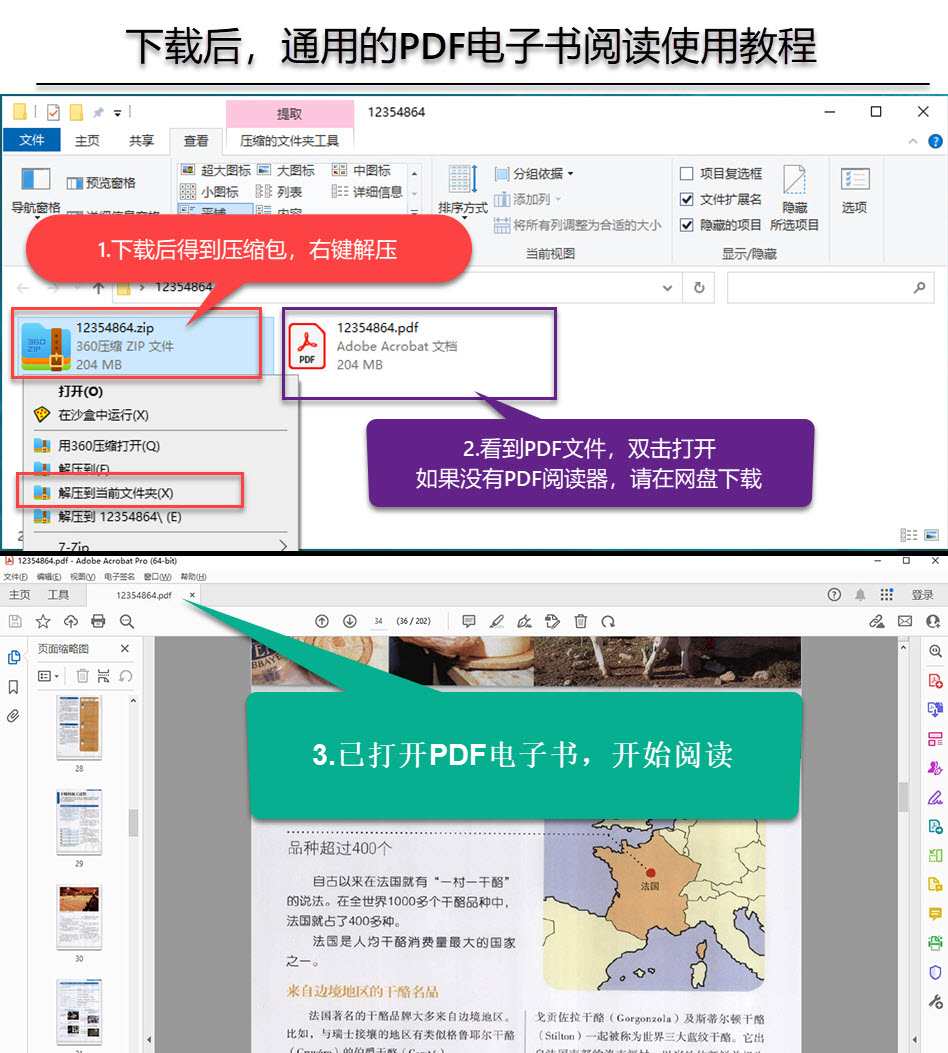Constrution Materials土木工程材料
本书特色
[
本书介绍了*新的建筑材料及其生产工艺、试验方法和研究成果,独特之处在于本书介绍了建筑材料*基本的力学原理,强调了对建筑材料成分及其微观结构的研究,并针对现行标准规范提供了大量的试验课程。本书主要内容包括:概述、建筑材料性能、骨料、胶凝材料、混凝土材料、钢材、纤维增强聚合物复合材料、木材、路面材料、装饰及其他专用材料。
]
目录
chapter 1 introduction 1.1 historic development 1.2 structural materials and structural design 1.3 physical properties 1.3.1 density, apparent density and packing density of matter 1.3.1.1 density 1.3.1.2 apparent density 1.3.1.3 packing density 1.3.2 porosity and void percentage 1.3.2.1 porosity 1.3.2.2 void percentage 1.3.3 physical properties relevant to water 1.3.3.1 hydrophilicity and hydrophobility 1.3.3.2 water adsorption 1.3.3.3 hygroscopicity 1.3.3.4 water resistance (coefficient of softening) 1.3.3.5 water impermeability 1.3.3.6 frost resistance 1.3.4 physical properties relevant to thermal effects 1.3.4.1 thermal conductivity 1.3.4.2 thermal capacity and specific heat capacity 1.3.4.3 thermal expansion 1.3.4.4 fire resistance and refractoriness 1.4 chemical properties 1.4.1 reactivity 1.4.2 activation energy 1.5 principles in the selection of materials 1.6 innovations and development trends in construction materials 1.6.1 functional materials 1.6.1.1 cement-based piezoelectric materials 1.6.1.2 thin-walled low frequency sound shielding material 1.6.1.3 controllable heat insulation building products with phase changing materials (pcm) 1.6.1.4 electromagnetic wave shielding and absorbing materials 1.6.2 sustainability..eco-friendly material development 1.6.2.1 recycle and reuse of industry waste 1.6.2.2 new binders-energy efficient materials with less coe 1.6.3 multiple disciplinary integrated materials 1.6.3.1 nanotechnology in construction 1.6.3.2 dynamic shading window system (dsws) 1.6.3.3 self-compacting concrete (scc) discussion topics referenceschapter 2 mechanical behavior of materials 2.1 material behavior and structural performance 2.2 elastic behavior 2.2.1 introduction 2.2.2 physical basis of elastic behavior 2.2.3 young’s modulus: definition, typical values and significance to structural design 2.2.4 modulus of composite materials and application to reinforced concrete member 2.3 plastic behavior 2.3.1 phenomenon of plastic yielding 2.3.2 physical basis of plastic behavior 2.3.3 modeling of plastic behavior 2.3.4 illustration of plastic behavior with a parallel system 2.4 time dependent behavior–creep 2.4.1 phenomenon of time dependent behavior 2.4.2 implications to structural design 2.4.3 physical basis of time dependent behavior 2.4.4 modeling of creep at low temperature with viscoelastic models 2.4.5 strain response under arbitrary stress history superposition 2.5 fracture 2.5.1 introduction 2.5.2 fast fracture: physical basis and modeling 2.5.3 ductile to brittle failure transition of metal 2.5.4 fatigue–phenomenon and empirical expressions 2.5.5 physical basis of fatigue and k-based modeling discussion topics problems references……chapter 3 aggregateschapter 4 binder materialschapter 5 concretechapter 6 steelchapter 7 fiber reinforced polymer compositeschapter 8 woodchapter 9 pavement materialschapter 10 major non-structural materialsconstruction materials laboratoryindex
封面

书名:Constrution Materials土木工程材料
作者:李宗津
页数:344
定价:¥49.0
出版社:中国建筑工业出版社
出版日期:2014-08-01
ISBN:9787112170531
PDF电子书大小:66MB 高清扫描完整版
本文标题:《Constrution Materials土木工程材料》PDF下载
资源仅供学习参考,禁止用于商业用途,请在下载后24小时内删除!

